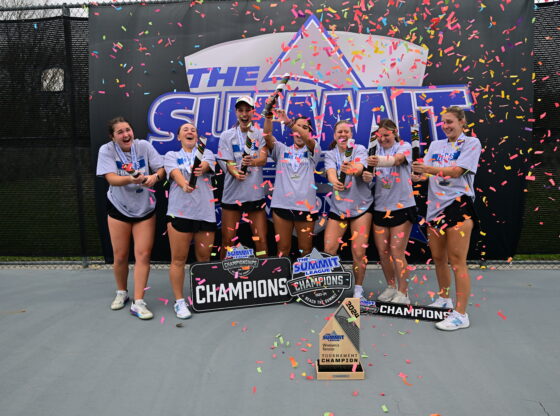In the 2016 presidential election, there were an estimated 138.8 million ballots counted out of a 230.9 million pool of eligible voters. This amounts to around 60.1% of the voting-eligible population (VEP). The future of the United States was decided by around three-fifths of the eligible population.
The 2016’s low voter turnout is not an outlier. In fact, the statistic nearly reached the record-breaking high of the 2008 VEP participation of 61.6%. The turnout percentage has remained consistently low in the United States for the past few decades, placing the country far down on the list of voter turnout in other developed nations.
Admittedly, the United States’ population has grown considerably over time. This can account for why 2016’s individual turnout was high while the percentage remained low. Regardless, for a country that prides itself on a robust democracy, the numbers fall substantially short of nations like Australia and Belgium.
There is a clear problem with voter turnout in the U.S., and there are several necessary solutions.
The first and least controversial solution is the implementation of a ranked-choice voting (RCV) system. The voting procedure, which is already active in Maine for federal elections, allows voters to rank their preferences of candidates on the ballot. The system is designed to elect a candidate by a majority. It prevents spoiler candidates who may emerge victorious based on a meager plurality.
The process allows voters to “not have to feel as if [they’re] voting for the lesser of two evils,” said Evan Falchuk, the chair of the Ranked Choice Voting 2020 Committee. It would give a platform to less mainstream candidates whose politics may be more popular to a majority of Americans and shift focus away from a two-party system.
Another proposal that has gained traction is lowering the legal voting age to 16. The idea has proved to be more unpopular and controversial than RCV, as opponents argue that younger voters are less informed and do not qualify as full-fledged members of society. For this reason, many people still hold strong to their belief that young people should not be granted the right to vote until they are 18.
Despite the argument that 16-year-olds are too young to have ‘skin in the game,’ growing environmental and safety concerns are a substantial argument for lowering the legal voting age. Additionally, studies have shown that voting is a learned habit, and decreasing the voter age could lead to earlier development of said habit and heighten youth voter participation in the future.
The final and most controversial proposal is compulsory voting. While mandating citizens to utilize their right to vote may seem like an unheard-of precedent in the United States, it is becoming increasingly common in other countries and yields high voter turnout. This includes aforementioned countries like Australia and Belgium that blow the U.S. away when it comes to voter participation.
Currently, 27 countries have laws relegating compulsory voting, and they have experienced dramatic increases in turnout as a result. But many opponents view the proposition to be a hindrance to one’s first amendment right to free speech because it requires eligible citizens to take a governmental stance.
If implemented, voting would need to be made more accessible. The fine or community service penalty for non-participation could be disproportionately detrimental to oppressed minorities who already face obstacles at the polls. But with mail-in ballots and online voting gaining prevalence in 2020, the argument for voting becoming a civic duty—akin to serving on a jury or paying taxes—is growing in momentum.
Compulsory voting could lead to anti-government disdain due to perceived violation of free speech. To this point, eligible citizens have the option to submit a blank ballot. However, some, like quarterback and activist Colin Kapernick, have endorsed nonparticipation as a symbol of protest, refusing to grant validity to a system they believe is broken. Mandated voting takes away this choice, forcing compliance with the threat of a fine or community service as penalty.
If the presiding issue of low voter turnout is to be addressed in the United States, however, compulsory voting seems the best way to do it. If the right to vote can be normalized as a duty, the U.S. could serve to benefit from the full rewards of a robust, active democracy.
Voter turnout is one of the few problems in the United States that has a myriad of solutions, any of which would make outstanding leaps to improve democracy. Whether it be RCV, lowering the voting age, compulsory voting or all three, the call to make our election process better must be swiftly answered.











